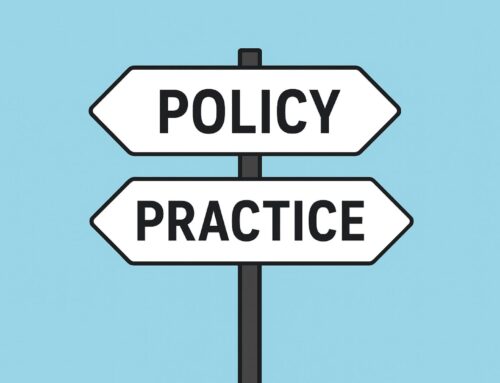In the psychology of behavior change, B.F. Skinner’s behavioral theory makes a simple yet profound claim: Reinforce the behaviors you want to see repeated. This principle is most clearly observed in animal training. You can’t make a killer whale leap out of the water on command. But you can reinforce small behaviors, turning toward a trainer, swimming closer, lifting higher, until the whale builds a repertoire of actions that, when combined, look like a choreographed jump.
This idea was captured beautifully in the book Whale Done! by Ken Blanchard. The lesson is timeless: success isn’t about forcing outcomes, it’s about reinforcing the behaviors that eventually develop outcomes.
Behaviors Before Outcomes
The same principle applies in organizations. Leaders often focus on outcomes like sales growth, customer satisfaction, or productivity gains, often without pausing to reinforce the micro-behaviors that drive those outcomes. Long-term outcomes are the byproduct of consistent habits, not one-time efforts.
Instead of judging outcomes, leaders began recognizing and rewarding the act of sharing ideas itself.
I once worked with a financial services team struggling to generate innovation. For them, brainstorming sessions were silently ineffective, not from lack of intelligence, but from a mood of fear. Only “good” ideas were celebrated, while less viable ones were quietly dismissed. We shifted the approach: instead of judging outcomes, leaders began recognizing and rewarding the act of sharing ideas itself. Managers recognized participation, creativity, and even half-baked suggestions.
Within months, ideas flowed freely, and breakthroughs emerged that would never have surfaced under the old culture. By reinforcing contribution, leaders unlocked the innovation they had been chasing all along
How Recognition Fuels Creativity and Innovation
It is not reasonable to expect people to generate only successful ideas. Some ideas are better than others, while some are simply unproductive thoughts. But, if you want ideas, reinforce the creation of ideas, the development of ideas, the brainstorming of ideas detached from the efficacy of any one idea. When you want ideas, you celebrate the bringing of the ideas.
As Jim Rohn put it, “Managers help people see themselves as they are; leaders help people to see themselves better than they are.” Reinforcement is the bridge between the two.
So how do reinforcements actually work? They need three qualities:
- Timely – Reinforcement works best when it’s immediate. The closer the recognition is to the behavior, the stronger the connection.
- Specific – Vague praise “Good job, team”)doesn’t land as powerfully as targeted feedback “Your persistence in following up with that customer made all the difference”.
- Individualized – What motivates one person may fall flat with another. Take the time to understand what feels rewarding to each team member.The lesson from the killer whales still holds true for people: you can’t force extraordinary outcomes, but you can reinforce the small, intentional behaviors that add up to them. And when you do, the leaps your team takes may surprise you.



